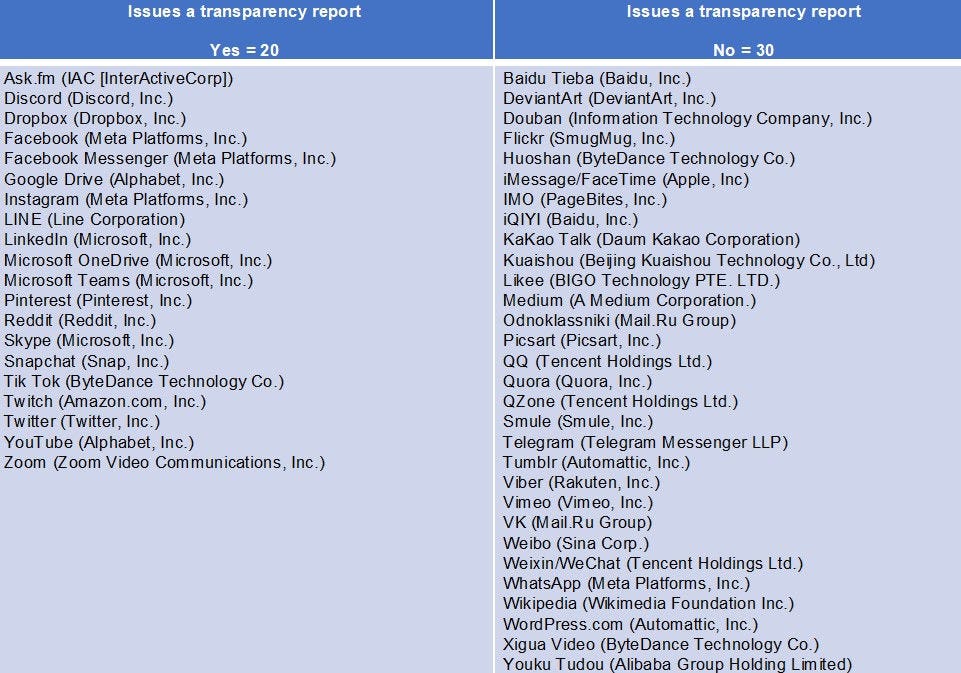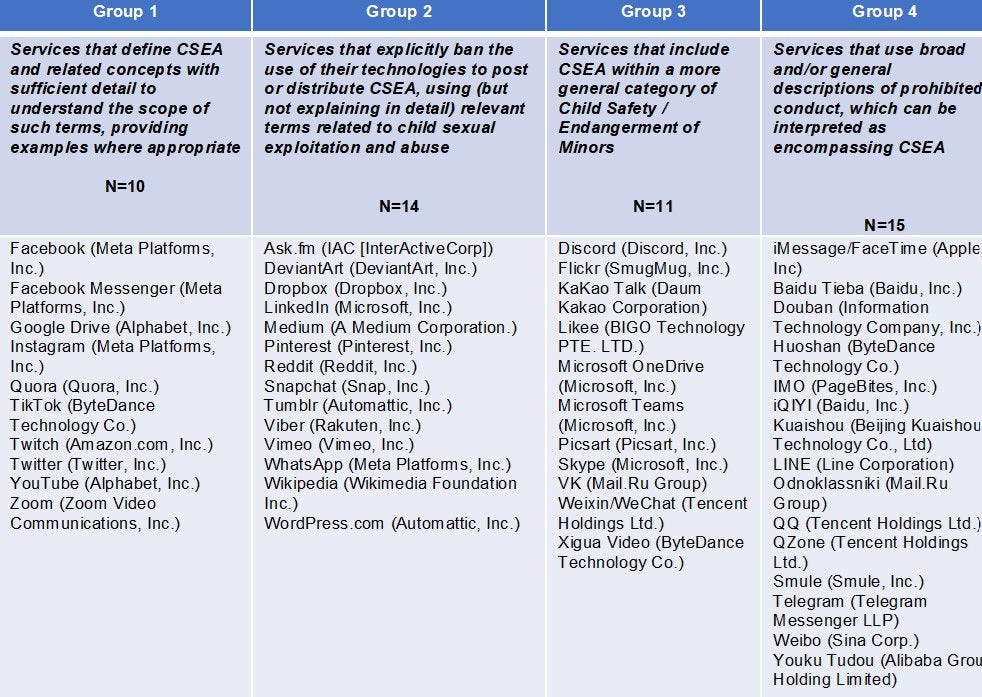The digital environment is an integral part of children’s lives, offering important opportunities for self-expression, learning, socialising, connecting with community and culture, and enjoying their rights. It also presents a wide spectrum of risks to which they are more vulnerable than adults, including exposure to harmful content, cyberbullying, privacy breaches, and falling victim to abhorrent crimes like sexual exploitation and abuse.
Meeting the challenges that the digital environment brings for children requires strong policy action and coordinated multi-stakeholder engagement. The OECD provides a forum for just such conversations to occur, and indeed the OECD’s Recommendation on Children in the Digital Environment (the Recommendation) was developed through an expert-led, multi-stakeholder process.
The Recommendation, which has been recognised by the G7 and G20, sets out key principles and provides concrete guidance to governments and other actors for achieving a safe and beneficial digital environment for children. Grounded in the Recommendation, the OECD’s ongoing work on children in the digital environment seeks to support governments and other key stakeholders in developing policies and practices that help children realise the benefits of the digital environment while protecting them from harm.
Much of this work is focused on the essential role that digital service providers (‘DSPs’) play in ensuring a safe and beneficial digital environment for children. In particular, the OECD has considered in depth the current state of transparency reporting by DSPs on child sexual exploitation and abuse (CSEA) material online.

An urgent need for improved transparency reporting on CSEA online
Combatting CSEA online is a prominent policy challenge for which there have been several high-level calls to action. G7 Leaders have called attention to the devastating impact CSEA can have on victims and societies, and have urged DSPs to prioritise protecting children, especially from illegal and harmful content and activity. The scale of the increase in reports of CSEA has been alarming. To quote just one statistic, the Internet Watch Foundation reports that it detected more CSEA in 2021 alone than in the previous 19 years combined.
The report reveals that 60% of the services do not issue a transparency report specifically addressing CSEA
To support efforts to combat CSEA, and building upon its expertise related to children in the digital environment and on the transparency reporting practices of online content-sharing services, the OECD is building an evidence base on how DSPs address and report on CSEA.
This September, in the most comprehensive exercise of its kind, the OECD published the report Transparency reporting on child sexual exploitation and abuse online. This report provides an in-depth analysis of the policies and procedures for addressing CSEA online across the global top-50 online content-sharing services, contributing important evidence to the fight against CSEA.
The report reveals that 60% of the services do not issue a transparency report specifically addressing CSEA. Furthermore, the information that is reported is inconsistent and uneven across services. This lack of common and consistent reporting makes it all but impossible for policy makers to gain a sector-wide perspective on CSEA online, compare platforms’ responses and assess the efficacy of their countermeasures.

At the same time, only a minority of services make it clear what they consider to be CSEA, and what they consequently prohibit. Eighty percent of the services analysed had no detailed policy on CSEA, leaving stakeholders, including users, with no clear understanding of what CSEA-related content and activity are prohibited or how the platform responds.

While good practices exist, the report reveals a fragmented response to this complex and evolving problem, which limits comparability and makes it challenging to conduct a thorough assessment of the overall impact of platforms’ efforts to combat CSEA.
As more emphasis is placed on the obligations of DSPs to demonstrate how they manage the risks of their services being exploited to facilitate and propagate CSEA, consistent and comparable transparency reporting across platforms becomes even more vital. Indeed, consistent and comparable transparency reporting has the potential to underpin collective action on the part of industry in sharing expertise, knowledge and meaningful data on measurable progress in combatting online CSEA.
This OECD report provides a snapshot of the current situation, but it is just the first instalment in what will become a series. Moving forward, the OECD’s work will provide a foundation for monitoring progress in how industry addresses CSEA, and ultimately contribute to policies and practices that can meet the best interests of children.

